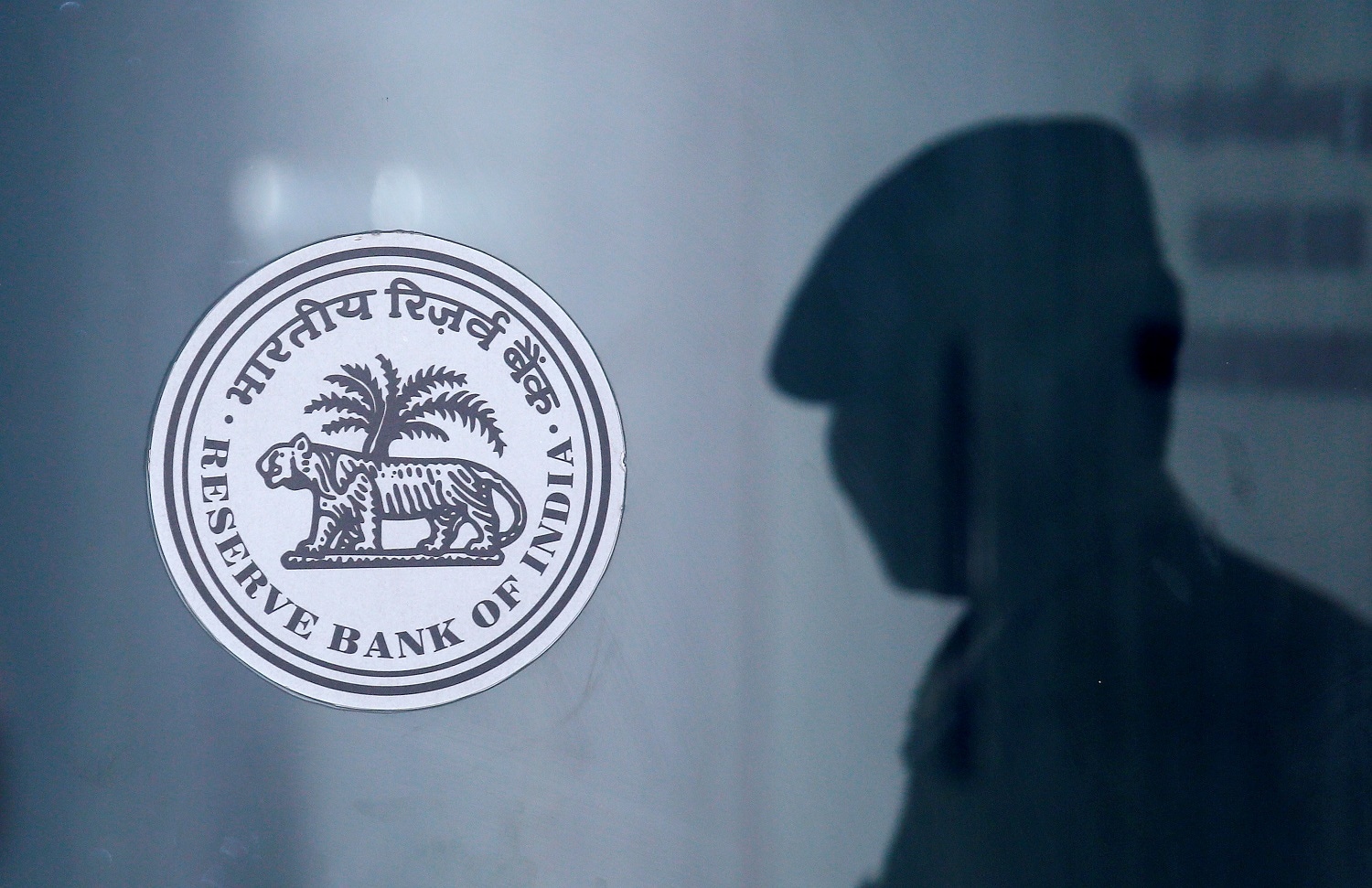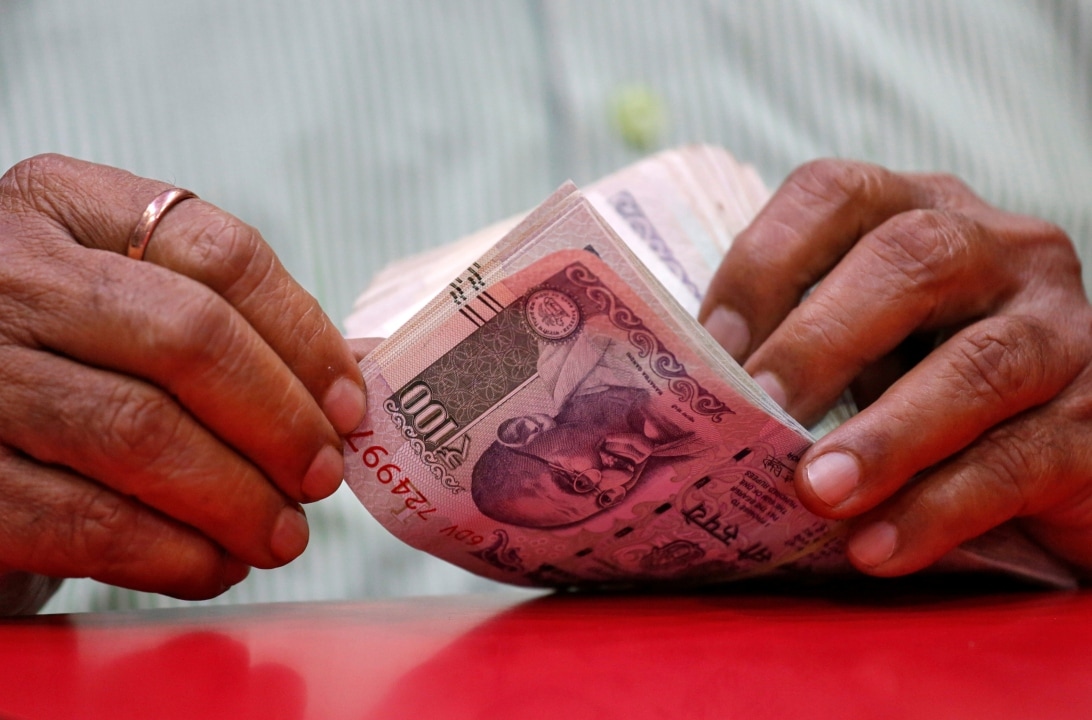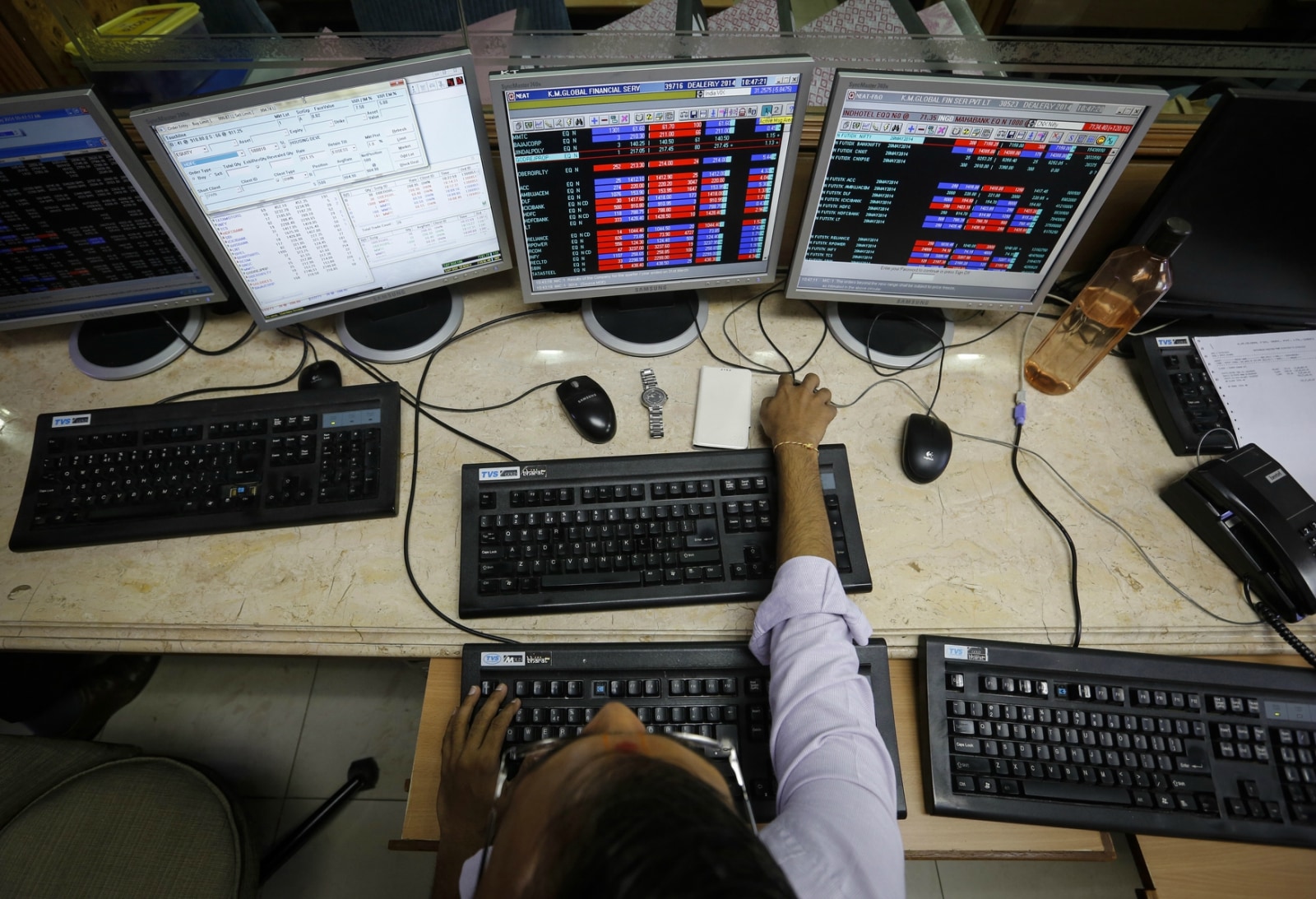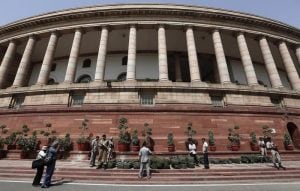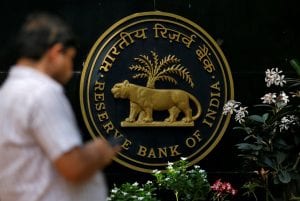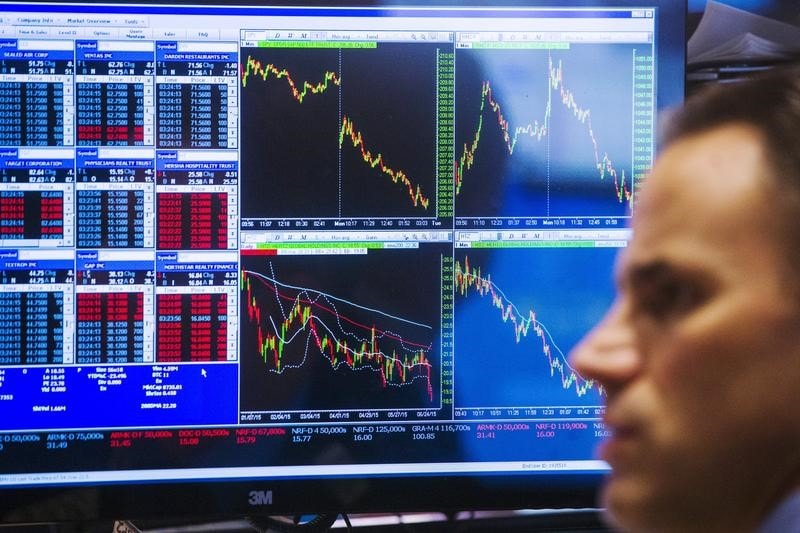Economic Survey 2020: Here’s what economists, statistician make of it
Summary
It sounds like a bad idea to have a troubled asset relief program (TARP) or a bad bank because it sounds like throwing good money after bad which is why it is essential that alongside that there has to be accountability and more importantly reform, said SPJIMR’s, Ananth Narayan.
The government tabled Economic Survey 2020 in Parliament. Indranil Pan, chief economist at IDFC First Bank, Pronab Sen, former chief statistician and Ananth Narayan, professor at SPJIMR shared their views and readings on the survey.
On the fiscal deficit front Sen said, “The point is as far as FY20 is concerned, there will be a breach. The real question is what it is saying about 2021 – that’s more interesting because what you have is 2 statements – one is not mentioning anything about the fiscal deficit but talking about the expansionary fiscal policy. I don’t see how you are going to have an expansion in fiscal policy without some breach of the glide path if not this year’s breach target.”
“All it is saying is that it is going to breach and if it’s going to breach only because of the giveaways that have happened in the last 3 months or so, then it means you are still continuing to hide the problem under the carpet,” said Sen.
When asked about Essential Commodities Act, Sen said, “We have been talking about scrapping the Essential Commodities Act (ECA) for many years now and the subsequent governments have talked about it and have not been able to do anything about it. I see no reason why the same set of issues would not crop up now. The real question is do you want to do away with the ECA or do you want to dilute it in some manner. I think doing away with it is a bad idea because it does have an important role to play, but diluting it and bringing in some discipline is not such a bad thing.”
On 6-6.5% GDP forecast for next year as well as on the hope that growth will pick up in the second half of FY21, Indranil Pan of IDFC First Bank said, “On the growth front we are expecting that there could be a better growth performance for the economy in the second half relative to the first half and that – we were anyway sort of building in our 5 percent model for gross domestic product (GDP) for the current fiscal year. For the next fiscal year, a lot would depend on not only the domestic conditions but even the global conditions, where we see the coronavirus issue affecting the financial markets and therefore we need to look at that perspective also.”
SPJIMR’s, Ananth Narayan said, “There is no doubt that we need to get the credit chugging in the system again and for a variety of reasons banks and financial services ecosystem is no shape right now to fund India’s growth. I think a big part of that is actually two-fold. First is there is this overhang of non-performing assets, a lot of it is in real sector particularly for NBFCs but it is not limited to real estate alone. It is whole series of sectors. Something has to be done to quarantine these non-performing assets, and the full recognition is not done as yet.”
“The National Company Law Tribunal (NCLT) and Insolvency and Bankruptcy Code (IBC) is working well but it is in no position to handle this huge stock of non-performing assets (NPA) that we have. It is important therefore that something be done as a onetime exercise to remove the burden of non-performing assets from the financial services ecosystem.”
“It sounds like a bad idea to have a troubled asset relief program (TARP) or a bad bank because it sounds like throwing good money after bad which is why it is essential that alongside that there has to be accountability and more importantly reform,” added Narayan.
When asked about ‘Assemble In India’ concept, Narayan said, “I am all for investments. I thought the last year’s Economic Survey which focused a lot on investments, struck the right tone. I know the debate today is about consumption, but funnily India tends to consume when there are investments going through.”
“Unfortunately, there are only two avenues for investment, one is of course the government. Given the lack of fiscal space and the lack of track record on successful government investments beyond roads for instance, that is not a very promising area. Second area of course has to be on foreign direct investments (FDI) and anything to push up FDI is great. ‘Assemble in India’ as a phrase sounds great because if you are moving supply chains of telecom, etc. from China and Taiwan into India, you will start with assembly because the entire supply chain down to chips, etc. will take a long time develop in India. So, starting as assembly, it strikes the right note. However, a phrase, a catchphrase and a slogan is not just enough, there are plenty of things that go along with it – land laws, labour laws, actual ease of doing business on the ground and not the World Bank number, contract enforcement, predictability of policy, and of course the point about you need to open up imports; if you want re-export, you have to open up your imports in a big way and not put tariffs and trade barriers around that,” said Narayan, adding that it is a whole ecosystem which has to be addressed. It does sound like boiling the ocean and a lot of people will say that this cannot be done, but I think India frankly has no other option but to go down this path, otherwise we are looking at a demographic dividend which is just not being reaped at this point of time,” he further added.

Elon Musk forms several ‘X Holdings’ companies to fund potential Twitter buyout
3 Mins Read
Thursday’s filing dispelled some doubts, though Musk still has work to do. He and his advisers will spend the coming days vetting potential investors for the equity portion of his offer, according to people familiar with the matter









 Listen to the Article
Listen to the Article  Daily Newsletter
Daily Newsletter






